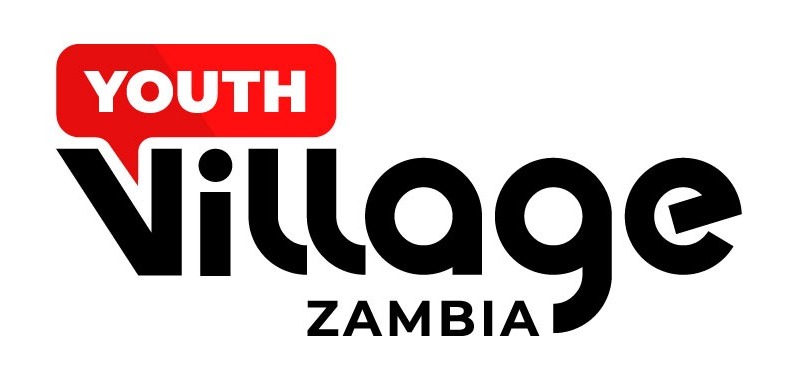Africa has taken a monumental step in its entrepreneurial journey by joining the largest innovation initiative in the world. While the continent is rich with untapped potential, progress has often been slowed by fragmented ecosystems, limited access to capital, and disconnected support networks. In response, the United Nations Development Programme (UNDP) launched the Timbuktoo initiative—a bold strategy aimed at unlocking Africa’s innovation frontier by establishing the world’s largest network of university-anchored innovation hubs.
The vision behind Timbuktoo is to nurture a culture of innovation across Africa, positioning the continent as a vibrant and competitive player on the global stage. As part of this vision, ten outstanding innovators were selected from over 250 applicants across Africa and officially unveiled. These innovators hail from Zambia (two), Zimbabwe, Rwanda, Democratic Republic of Congo, Kenya, Cameroon, Uganda, Nigeria, and Tanzania. Their pioneering projects focus on improving mining safety, enhancing the accuracy and speed of mineral exploration, and optimizing extraction processes.
The unveiling event took place at the National Institute for Scientific and Industrial Research (NISIR) in Zambia, where the Minister of Technology and Science, Hon Felix Chipota Mutati MP, officially introduced the first cohort of the Minetech Innovation Hub. This milestone celebrates a movement harnessing the power of innovation, collaboration, and technology to transform the mining sector into a more sustainable, efficient, and inclusive industry. More than just a ceremonial launch, the event sent a strong message that Zambia is deeply committed to innovation and technological advancement.
Honorable Mutati emphasized that the Minetech Hub will be built through strong partnerships involving the United Nations Development Programme, government entities, private sector stakeholders, and pioneering innovators. “We have engaged with the mining sector, and Konkola Copper Mines (KCM) has agreed to be a lead supporter,” he stated.
This collaborative effort marks a bold leap into the future by integrating policy, entrepreneurship, research, and impact. The Minetech Innovation Hub demonstrates Zambia’s commitment to developing technological solutions addressing key challenges in the mining industry. By incorporating advanced technologies such as automation, artificial intelligence, and green mining practices, the hub aims to unlock new opportunities for operational efficiency, environmental responsibility, and economic growth.
Mining has historically been the backbone of Zambia’s economy. As the government sets an ambitious goal to increase copper production from 800,000 to 3 million metric tons by 2031, innovation is critical to sustain and amplify this growth. The Minetech Hub is poised to digitize the mining value chain, optimize operations, and reduce environmental footprints—exactly the kind of transformation needed for the future.
Minister Mutati highlighted the importance of aligning Zambia’s national ambitions with the wider momentum sweeping across Africa: “Through the Timbuktoo initiative and strategic partnerships like this one with UNDP, we are proving that African solutions, driven by African youth, can solve even the most complex challenges.”
Today, Zambia and Africa at large are solving mining sector challenges through technology. The solutions created here will originate from Africa and serve Africa, changing the continent from within. This initiative is a clear declaration: Africa will be the Africa it envisions—innovative, self-reliant, and globally competitive.






